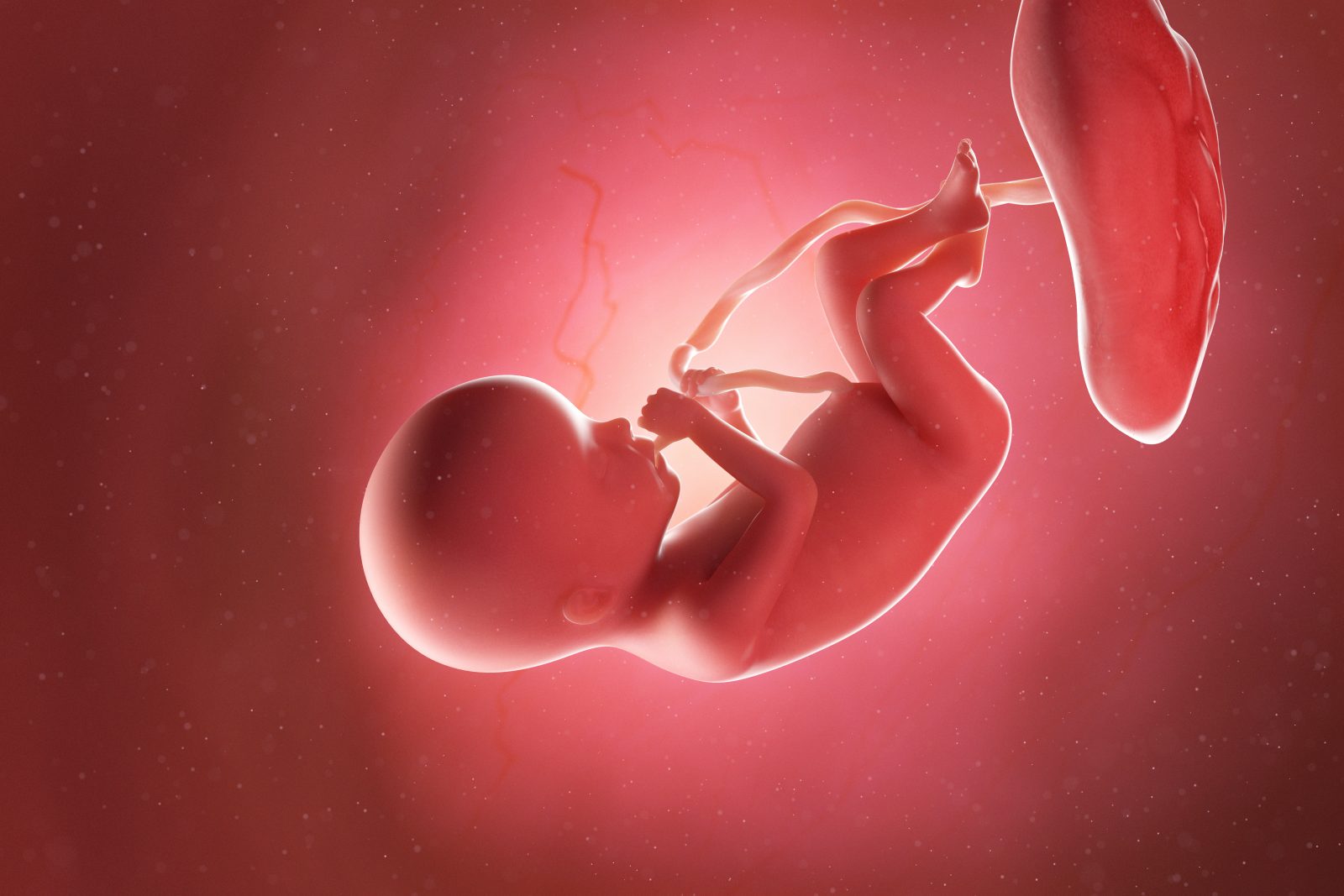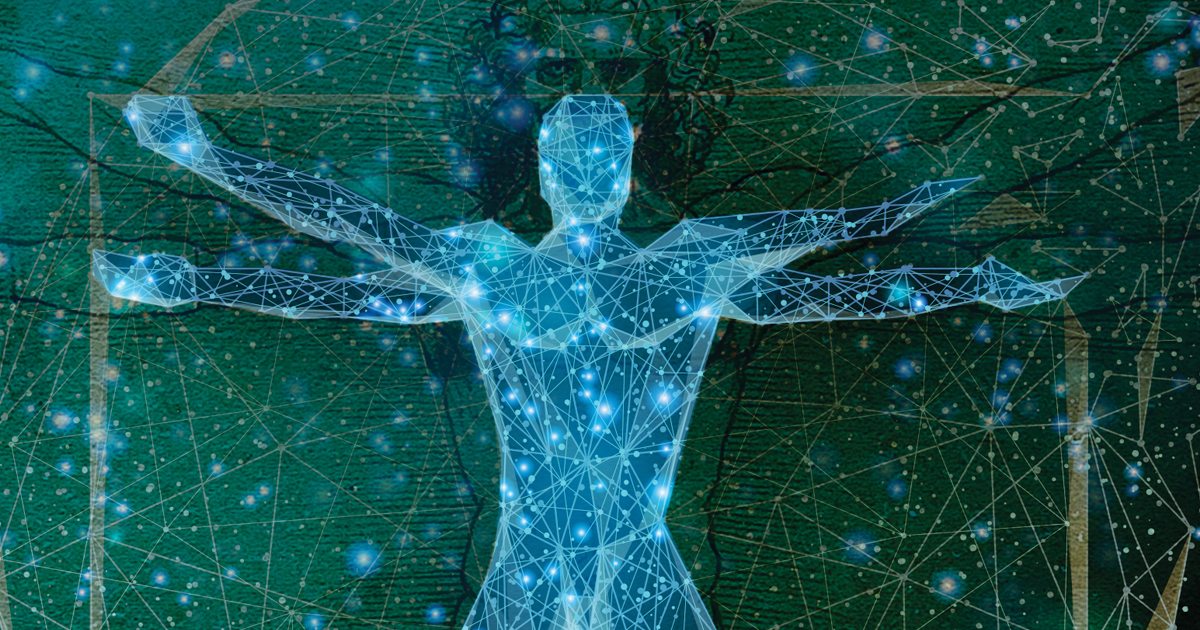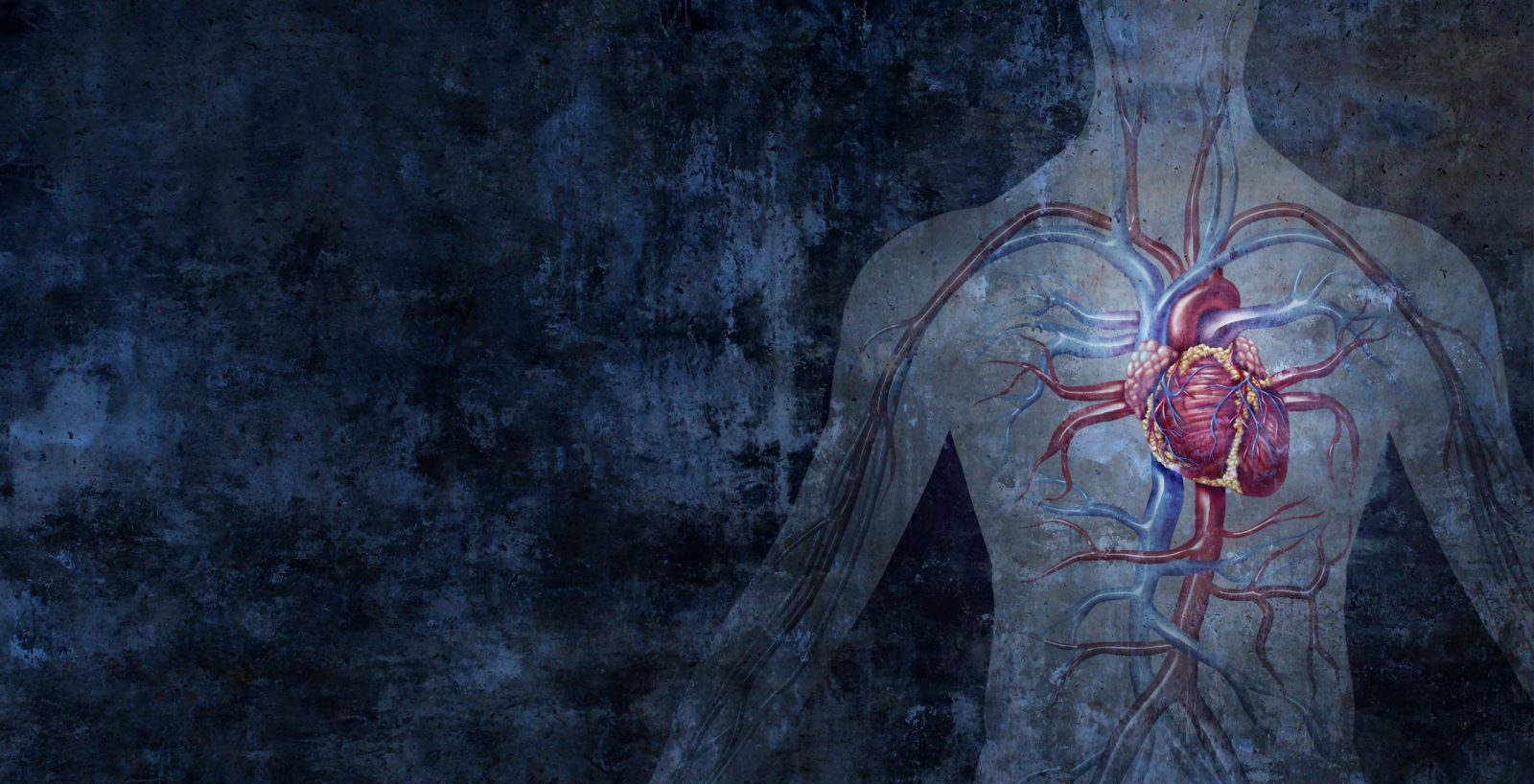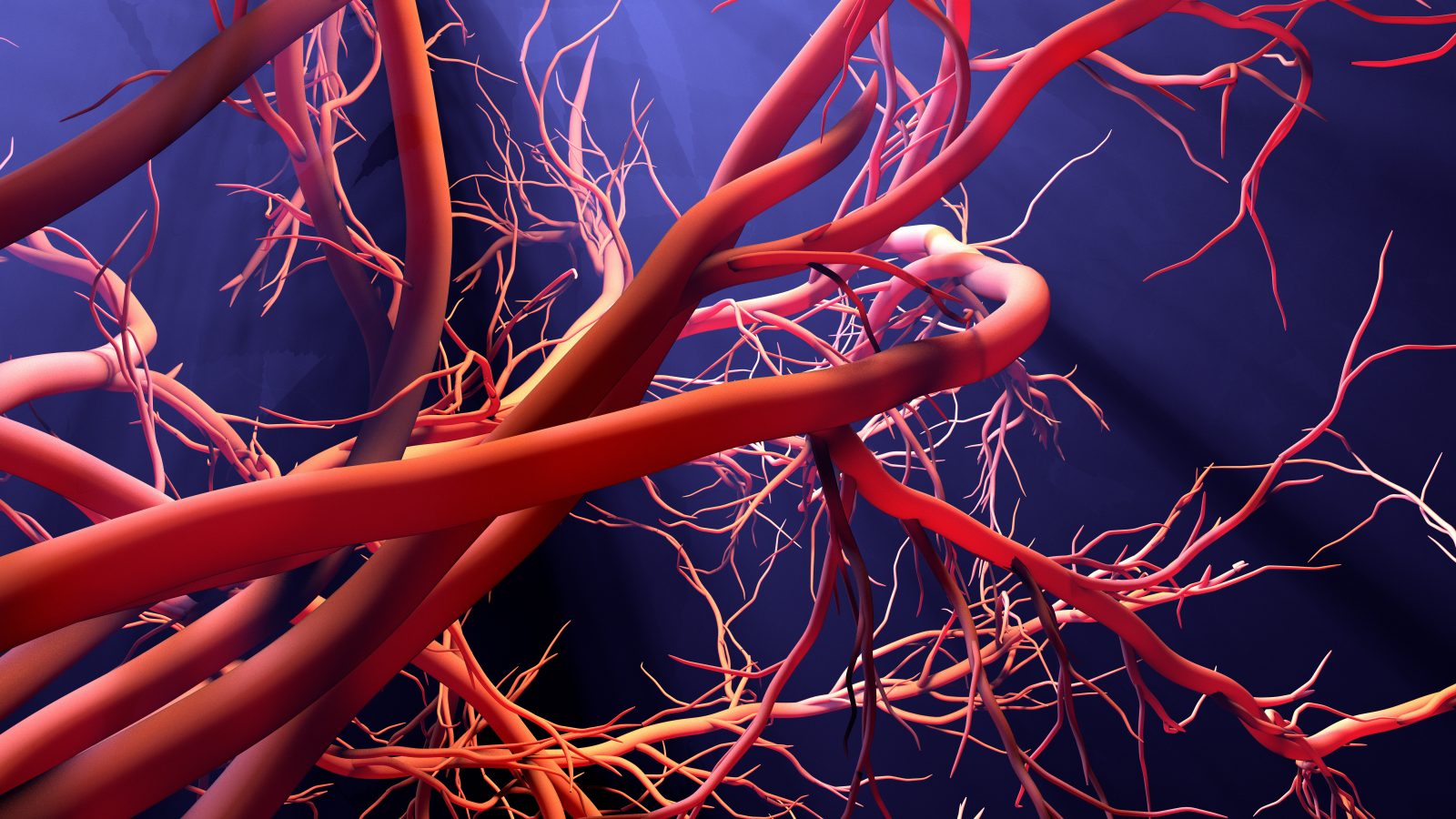


David Galloway: The Fetal Circulatory System is Irreducibly Complex
On today’s ID the Future, distinguished British physician and author David Galloway explains why he’s convinced that the human fetal circulatory system is irreducibly complex and therefore beyond the reach of blind gradualistic evolution to have built. In his conversation with host and fellow physician Geoffrey Simmons, Galloway also mentions some molecular machines that he’s convinced are irreducibly complex and shout intelligent design. The occasion for the conversation is Galloway’s new book, Design Dissected.

The Miracle of Man: Fine Tuning for Blood and Breath
In Part 3 of The Miracle of Man interview with author Michael Denton, the Australian biologist and MD explores with host Eric Anderson some of the bioengineering marvels of the human lung and, more fundamentally, some of the many things about chemistry, the sun, and planet Earth that had to be just so to allow our respiratory and circulatory systems to work—not merely as well as they do but at all. It’s fine tuning for creatures very much like ourselves, what Denton terms The Miracle of Man. “Denton provides the a scientific underpinning for a theistic real humanism far beyond the nihilistic implications of so-called secular humanism,” writes German paleontologist Günter Bechly. “The book deserves to become a game changer that will spark a new enlightenment and re-enchantment of the cosmos in the twenty-first century.” The new book is available at Amazon and other online retailers.

Scientists Discover Nanotech for Body’s Blood Pressure Control, Pt. 1
On this ID the Future, physician and Evolution News writer Howard Glicksman discusses an exciting new discovery by researchers at the University of Virginia School of Medicine, described at Science Daily as uncovering “the location of natural blood-pressure barometers inside our bodies that have eluded scientists for more than 60 years.” As the article reports, “The existence of a pressure sensor inside renin cells was first proposed back in 1957. It made sense: The cells had to know when to release renin, a hormone that helps regulate blood pressure. But even though scientists suspected this cellular barometer had to exist, they couldn’t tell what it was and whether it was located in renin cells or surrounding cells.” Dr. Glicksman and host Eric Anderson walk through the discovery and explore how these high-tech blood pressure barometers, known as “baroreceptors,” work. The full paper, with color illustrations of the process, is available here. In the first sentence of the introduction, the authors state, “Renin-expressing cells are essential for survival, perfected throughout evolution to maintain blood pressure (BP) and fluid-electrolyte homeostasis.” How so? They don’t say. The mention of evolution appears to function as mere window dressing.

Deflating Median Artery Evolution Hype, Pt. 2
On this ID the Future Eric Anderson and physician Howard Glicksman further discuss a recent Journal of Anatomy article suggesting possible evolutionary changes in humans: a persistent, prominent median artery in some people’s arms. Journalists have hyped this as evolution in action, but Anderson and Glicksman say there’s little reason to treat this as an evolutionary change, even if it’s real. And they say it’s far from clear how natural selection could select for this as an “adaptation” when its most obvious effect is to contribute to carpal tunnel syndrome and other health problems.

Deflating the Evolution Hype over Median Artery Study, Pt. 1
On this ID the Future, Eric Anderson and physician Howard Glicksman discuss a recent article in the Journal of Anatomy suggesting new microevolutionary changes in humans. Researchers say a growing number of adults have a persistent, prominent median artery in their arms, an artery that’s important in the embryonic stage but tends to disappear later on. The study was quickly hyped in the popular press with breathless headlines such as “Evolution arms us with an extra artery.” On the way to separating hype from substance, Anderson and Glicksman dive into the physiology of arteries and embryological development. Their conversation grows out of a post on the subject by Anderson at Evolution News. Oh and by the way, don’t let the new opening and closing ID the Future bumpers catch you off guard. They make their first “appearance” on this episode.

Dr. Geoffrey Simmons On Human Design — and Re-Creating It in Robots
On this episode of ID the Future, author and physician Geoffrey Simmons joins host Andrew McDiarmid in a wide-ranging discussion of his new book, Are We Here to Re-Create Ourselves: The Convergence of Designs. From the foresight needed in the design of eyes, to our stereoscopic and redundant hearing systems, to the mysteries of design in the nervous and circulatory systems, signs of engineered design are everywhere in the human body.
Read More ›